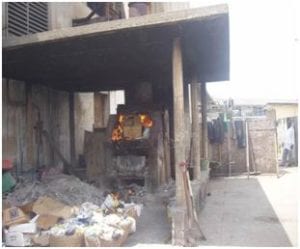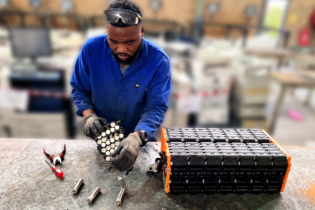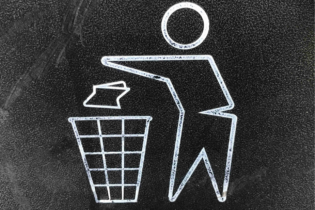Although incineration is not synonymous with waste-to-energy, of late it has become more appropriate to replace the word incineration with waste-to-energy, because, in part, of a prevalent negative connotation associated with the word – but also because waste-to-energy is more progressive and more in line with where the industry is heading, finds Chantelle Mattheus as she speaks to Golder Associates Waste Management consultant, Natalie Kohler.
The requirements of our current legislation require an authorisation of the waste management activity (NEMWA licence) supported by an EIA, to undertake an incineration activity. An Air Emissions Licence is required according to the NEMAQA. “These are also the main regulations applying to a waste-to-energy facility; however, ever facility will be different and as such be required to be assessed on a specific basis in terms of what activities trigger certain authorisations,” says Kohler. In South Africa, medical waste incinerators are the most common type of incinerators, but there are also some industrial waste incinerators for hazardous wastes. There are currently very few incinerators for household waste in South Africa. “However, the landscape for household waste incinerators is changing in South Africa due to the changes in how waste is managed so as to provide more sustainable solutions to dealing with waste, particularly in terms of social (health, job creation) and environmental (air quality, greenhouse gas emissions, leachate control) advantages of incinerators compared to landfills,” explains Kohler. The basics According to Kohler, ‘Incineration’ is one of many tools in waste management. Established waste treatment technologies include: composting, landfill, recycling, windrow composting and incineration. Alternative waste treatment technologies include: anaerobic digestion (AD), gasification, pyrolysis, gasplasma, plasma-arc, in-vessel composting, tunnel composing, mechanical biological treatment, mechanical heat treatment, sewage treatment and autoclaving. “In general, alternative waste treatment technologies such as waste-to-energy technologies have a higher capex and opex than the more traditional established waste treatment technologies. However, there are benefits to waste-to-energy in comparison to the other waste treatment technologies,” states Kohler. The biggest challenges for waste-to-energy mass burn incineration currently in South Africa lie in the high capital costs, air emission control requirements, warns Kohler. Public perception and a lack of education of the media and general public about the benefits of more sustainable alternative waste treatment technologies than traditional waste treatment methods like landfilling also serve as a challenge – although the latter is somewhat easier to remedy than the former. According to Kohler, this can be achieved through education through articles like this one, about sustainable and alternative waste treatment methods. “More support from funders and authorities to back such technologies for a greener future will also help us overcome these challenges,” adds Kohler.Putting into practice
Golder Associates has an international team of experts in alternative waste treatment technologies, having worked on mixed solid waste process technologies for the City of Toronto, Canada; waste studies for a waste-to-energy plant for the Ministry for the Environment, Roads and Utilities in Gibraltar, bio-digester studies for Energy Allied Egypt and the US Trade Development Agency in Egypt and many others. Kohler’s most recent waste-to-energy project specifically is a cellulosic ethanol bio-refinery prefeasibility and feasibility study funded by the National Empowerment Fund in South Africa and the Study for Assessing the Municipal and Other Waste Characteristics of Gauteng Province, and the Potential for Recycling and Waste-to-Energy Conversion. It is pivotal in the current context, according to Kohler, because it demonstrates sustainable development in waste management. Some of the findings to date, according to Kohler, are that from a social perspective, the advantages of waste-to-energy projects are as follows:- direct and indirect employment opportunities, as well as benefit for local residents
- human health benefits in terms of controlled emissions from an incinerator
- health and safety risks and health hazards at waste-to-energy facilities are far more controlled and manageable and hence safer for humans than uncontrolled pickers that frequent landfills.








